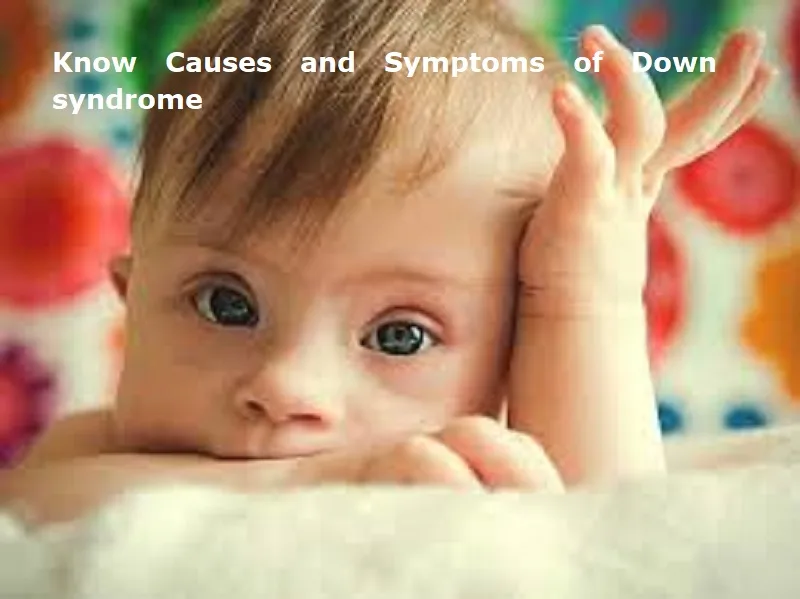
Down syndrome is a genetic condition that occurs when a person is born with an extra copy of chromosome 21. This additional genetic material affects a person’s physical development, cognitive abilities, and overall health. According to the World Health Organisation (WHO), Down syndrome occurs in about 1 in 1,000 live births worldwide. While the condition cannot be cured, early intervention, medical support, and therapy can significantly improve the quality of life for individuals with Down syndrome.
The symptoms of Down syndrome can vary from mild to severe, affecting physical features, intellectual ability, and overall health. Some of the most common signs of Down syndrome includes the following.
1. Distinct facial features
a. Flattened face and nose bridge
b. Almond-shaped eyes that slant upward
c. Small ears and mouth with a protruding tongue
d. Short neck and small chin
2. Developmental delays
a. Slower learning abilities and difficulty with speech
b. Delayed milestones, such as sitting, crawling, and walking
c. Short attention span and difficulty focusing on tasks
3. Low muscle tone and weak joints
a. Babies with Down syndrome often have hypotonia (low muscle tone), making movement difficult
b. Loose joints may cause flexible or floppy limbs
4. Heart and digestive issues
a. Around 50% of babies with Down syndrome are born with congenital heart defects
b. Increased risk of gastrointestinal issues, such as intestinal blockages and acid reflux
5. Increased risk of other health conditions
a. Higher chances of hearing and vision problems
b. Thyroid disorders, especially hypothyroidism
c. Increased risk of respiratory infections, sleep apnea, and leukaemia
Down syndrome is caused by a genetic error during cell division, leading to an extra copy of chromosome 21. There are three types of Down syndrome.
1. Trisomy 21
Instead of the usual two copies of chromosome 21, a person is born with three copies. It occurs due to abnormal cell division during the development of the sperm or egg.
Also Read: Know common reasons why people struggle to exercise
2. Mosaic Down syndrome
Some cells have three copies of chromosome 21, while others have the normal two. This results in milder symptoms compared to Trisomy 21.
3. Translocation Down syndrome
A part of chromosome 21 attaches itself to another chromosome before or during conception. Unlike Trisomy 21, this type can be passed from parents to children.
Risk factors for Down syndrome
Certain factors may increase the likelihood of having a Down syndrome baby.
1. Maternal age
Women who conceive at age 35 or older have a higher chance of having a baby with Down syndrome. The risk increases further after age 40.
2. Family history
Parents who carry a genetic translocation linked to Down syndrome are at higher risk of passing it on to their children.
3. Previous child with Down syndrome
If a couple has already had a child with Down syndrome, their risk of having another affected child is higher.
4. Genetic predisposition
In rare cases, Down syndrome can be inherited due to genetic translocation.
Diagnosis of Down syndrome
Down syndrome can be detected through prenatal tests or diagnosed at birth based on physical signs and genetic testing.
1. Prenatal tests
a. Screening tests (blood tests, ultrasounds) during pregnancy can estimate the risk of Down syndrome.
b. Diagnostic tests like chorionic villus sampling (CVS) and amniocentesis can confirm the presence of an extra chromosome.
2. Postnatal diagnosis
a. A physical examination at birth can indicate Down syndrome.
b. A karyotype test (chromosome analysis) is done to confirm the diagnosis.

Post Your Comments